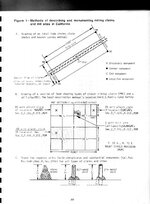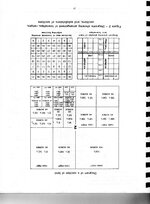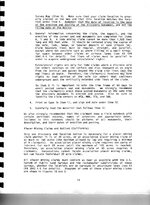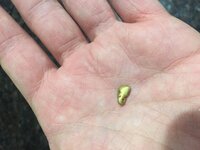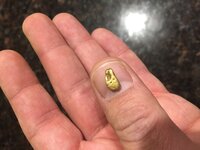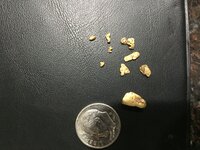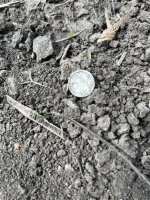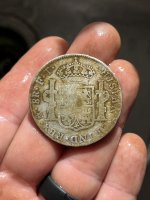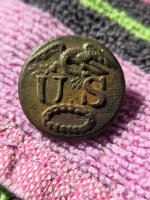Hello Everyone,
I'm in the process of trying to stake my first claim in California and was hoping I could get some help from people experienced with claims in my state.
My first question is regarding the California laws regarding the monuments and corner posts. I have searched extensiveley and can find a bunch of stuff for other states but nothing for CA. Can anyone tell me where to find the CA laws. I have the information that I got from the BLM office which has the federal requirements but it says to check state law as well. Do you need corner posts in CA? I ask because there are claims on both sides and I haven't seen any posts. I'm going to go search again after this next round of storms.
My second question is regarding the use of GPS for claim boundaries. Is it ok to use lat. and long. to find the corners of a claim? My plan is to get the coordinates from mylandmatters and map those on a GPS unit.
Last one. What can you do if one or more of the corners is in a dangerous location (steep/cliff), Is it ok to post a monument with directions to the corner?
Thank you so much for your help.
RG
I'm in the process of trying to stake my first claim in California and was hoping I could get some help from people experienced with claims in my state.
My first question is regarding the California laws regarding the monuments and corner posts. I have searched extensiveley and can find a bunch of stuff for other states but nothing for CA. Can anyone tell me where to find the CA laws. I have the information that I got from the BLM office which has the federal requirements but it says to check state law as well. Do you need corner posts in CA? I ask because there are claims on both sides and I haven't seen any posts. I'm going to go search again after this next round of storms.
My second question is regarding the use of GPS for claim boundaries. Is it ok to use lat. and long. to find the corners of a claim? My plan is to get the coordinates from mylandmatters and map those on a GPS unit.
Last one. What can you do if one or more of the corners is in a dangerous location (steep/cliff), Is it ok to post a monument with directions to the corner?
Thank you so much for your help.
RG
Upvote
0




